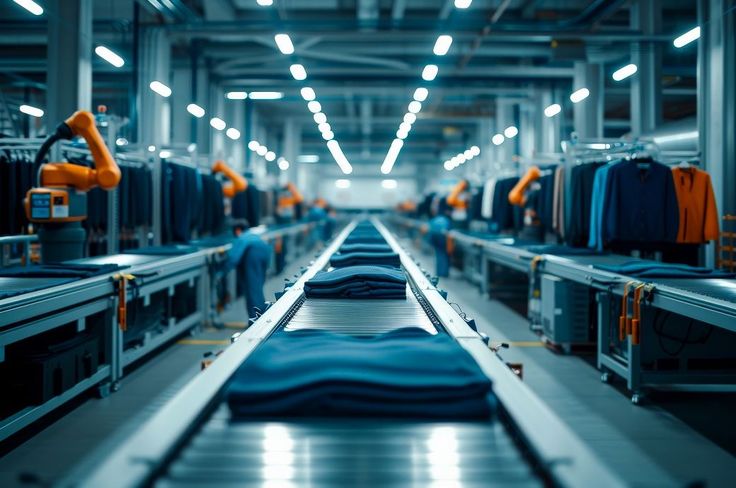India’s manufacturing sector has shown clear signs of recovery over the past few quarters, but beneath the surface of optimism lies a complex reality. After a series of disruptions caused by the pandemic, global supply chain issues, and fluctuating demand, the sector is gradually finding its footing again. However, despite positive growth indicators and renewed investor interest, the recovery remains uneven and fragile—with structural challenges still weighing on long-term stability.
The latest data from the Purchasing Managers’ Index (PMI) indicates steady improvement in manufacturing activity, driven by domestic demand and increased production. Many industries, including automotive, pharmaceuticals, and consumer durables, are reporting stronger output levels and a gradual uptick in capacity utilization. Export orders have also seen modest growth as international markets stabilize. Yet, analysts warn that the recovery’s pace is vulnerable to both external shocks and internal inefficiencies.
One of the biggest challenges facing the sector is cost pressure. Rising prices of raw materials such as steel, aluminum, and energy have squeezed manufacturer margins, particularly for small and medium enterprises (SMEs). While large corporations are better equipped to absorb or pass on these costs, smaller manufacturers continue to struggle. The recent global rise in shipping costs and logistical delays has only added to their woes.
Another issue is the slow pace of investment in automation and digital infrastructure. While some major firms have embraced Industry 4.0 technologies—like artificial intelligence, robotics, and data analytics—many others are lagging behind. The digital divide between large and small manufacturers creates inefficiencies, limiting productivity and scalability. This uneven adoption of technology prevents the sector from fully capitalizing on the global push for smart manufacturing.
Employment trends within the industry also reflect this fragile state. Although production has risen, job creation has not kept pace. Many companies are hesitant to expand their workforce amid uncertain demand forecasts. Contract-based employment has increased, but permanent job opportunities remain limited. This imbalance has implications for income stability and consumer spending—two key drivers of economic growth.
External factors further complicate the picture. The global economic slowdown, especially in Europe and China, continues to impact export demand for Indian goods. While the government’s “Make in India” initiative and Production-Linked Incentive (PLI) schemes have supported domestic output, India still relies heavily on imported components and materials, leaving manufacturers exposed to global price volatility. The ongoing geopolitical tensions in regions such as the Middle East have also kept oil and transport costs elevated.
However, the story is not without its silver linings. Sectors like electronics, defense manufacturing, renewable energy components, and automotive have emerged as bright spots. The rapid expansion of India’s electric vehicle (EV) ecosystem, combined with government incentives, is attracting both local and foreign investment. Similarly, the push toward renewable energy infrastructure has opened new opportunities for equipment manufacturers and component suppliers.
In addition, the Indian government’s focus on improving logistics and infrastructure, including projects under the Gati Shakti plan, is expected to strengthen supply chains and reduce costs in the long term. These initiatives, if implemented effectively, could transform the manufacturing landscape by improving efficiency and global competitiveness.
Yet, the question remains: can this recovery sustain itself without deeper structural reforms? Experts believe that India’s manufacturing revival will only become truly resilient if it addresses fundamental bottlenecks such as regulatory hurdles, inconsistent power supply, skill shortages, and weak export diversification. Without tackling these issues, the sector risks falling short of its potential to contribute significantly to India’s GDP growth and employment goals.
In the short term, manufacturers will likely continue balancing optimism with caution. The festive season has boosted consumer demand, offering a temporary lift, but the broader challenge is maintaining momentum once that demand tapers off. The coming quarters will test whether this rebound is built on solid ground or if it’s merely a fragile uptick amid ongoing global and domestic headwinds.
India’s manufacturing sector stands at a critical crossroads—poised between resilience and vulnerability. The recovery is real, but it’s still fragile. To turn this rebound into lasting growth, India must focus on innovation, infrastructure, and inclusive industrial policy that empowers both large enterprises and small manufacturers alike. Only then can the country’s manufacturing engine truly run at full strength and deliver on its promise of becoming a global industrial powerhouse.

